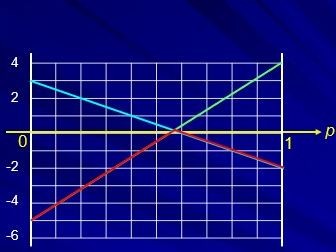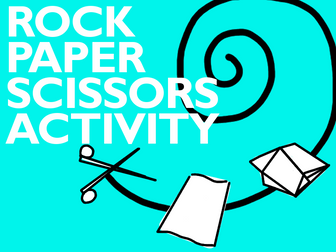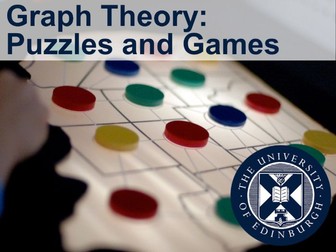
Game Theory for Edexcel Decision Maths D2 FM A Level
PowerPoints to teach the full A Level Further Maths Decision Maths D2 course (Edexcel)
Game Theory
The set of 8 PowerPoints contains complete, step-by-step instructions and A Level standard examples. These may be used for both teaching and for student revision.
Decision Maths is a module that lends itself to PowerPoint instruction – networks grow and develop as information is added, and these PowerPoints model this in real time.
Having developed these as a teaching resource, I find the course can be taught in a substantially reduced time, leaving more time for consolidation and practice or for teaching other FM options. My students take no notes in class but, once taught, use the PowerPoints as reminders and revision as they practise. Most PowerPoints contain a handy flowchart for in-class prompts or for private revision. When used under the previous, modular, A Level specification, this module was consistently the highest-scoring module for my students.
“S”, year 12, says: “I find these PowerPoints really visual – I can see what is happening. It makes the process of learning much quicker and easier to understand, and I like the fact that I can always go back and replay the lessons, which is helpful. I find them very useful for revision.”
The full set of 8 PowerPoints consists of:
Decision Analysis
Dynamic programming
Flows 1
Flows 2
Game Theory
Hungarian Allocation Algorithm
Recurrence Relations
Transportation Algorithm
Updated 2022




















